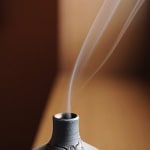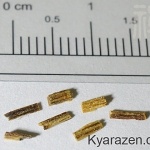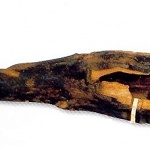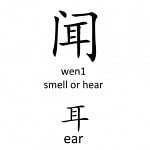Several incense houses in Japan have been known to create blended incense sticks based on their impression of the Ranjatai through Mon-koh. Small fragments of the Ranjatai are known to be in possession of descendants of kodo masters and big incense companies, from which they draw inspiration into crafting a representative incense based on the imageries of what they perceive.
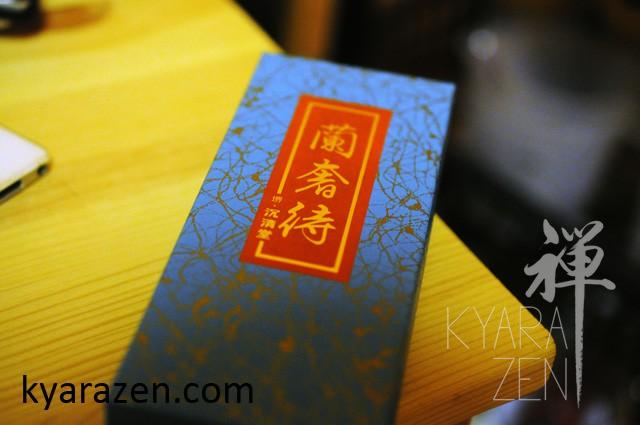
One of the very fortunate few whom had been able to experience Ranjatai through monkoh , Professor Nishiyama Matsu from the Tokyo University of Education recounts his experience (translated):
“Thus far, without a doubt, I believe the Ranjatai to be the most precious and the most special incense in the world.
When I held the kodo-cup in my hand, and quietly inhaled, my prior imaginations and imageries were shattered and superceded. It is that indescribable, round, smooth and delicious, quietness, stoic stability and expansiveness, beautiful and flawless fragrance, clear, soothing, full, elegant, it is no wonder that the Ranjatai is such a famous incense. I had felt the fragrance connect deep within myself.
In the world, there are many representative items, such as Masamune’s Sword, Raku Chōjirō tea bowl (无一物),Senno Rikyu’s tea spatula (Namida), the Ranjatai itself is one too. The fragrance of the Ranjatai leaves no doubt that it is the crème de la crème of fragrant woods, and this has stood the test of time and history.”

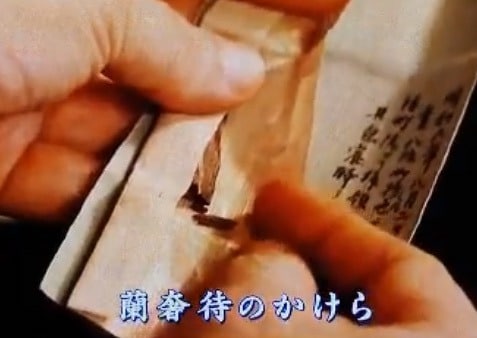
Despite not being classified to be Kyara, the Ranjatai is said to possess all five tastes in a beautiful harmony. Over the centuries, there have been many records of famous fragrant woods, of which one of the more popular records is the record of the 61 famous fragrant woods. Amongst these 61 fragrant woods, there are 36 Kyara, 3 Shin Kyara, 1 Sasora (Horyuji, but debated to be Rakoku), 4 Rakoku, 10 Manaban, 6 Manaka, and 1 Sumatora. This suggests that some Jin-koh itself can be exceptionally fragrant despite not having the identifying features of being Kyara. However, Jin-koh of such grades and qualities are perhaps as rare as Kyara these days.

